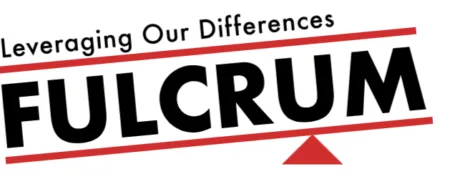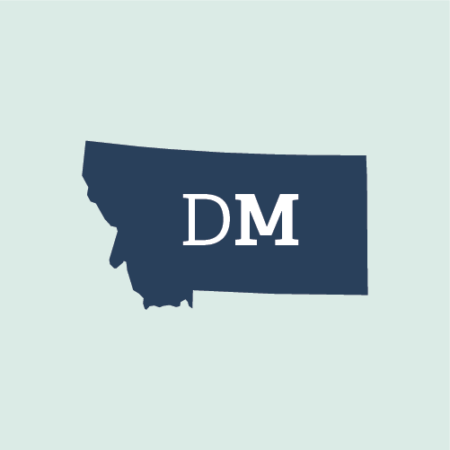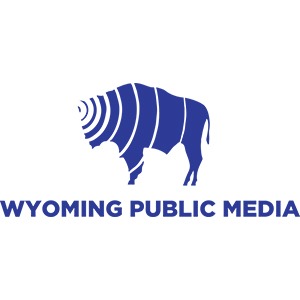
Floods Are Getting Stronger – but so Are the People
Researchers at Headwaters Economics found that over 53 million Americans live in flood-prone areas; around 700,000 people in Missouri live in these zones. Vulnerable groups such as people of color, mobile home residents, and those with disabilities face the highest risks.



















